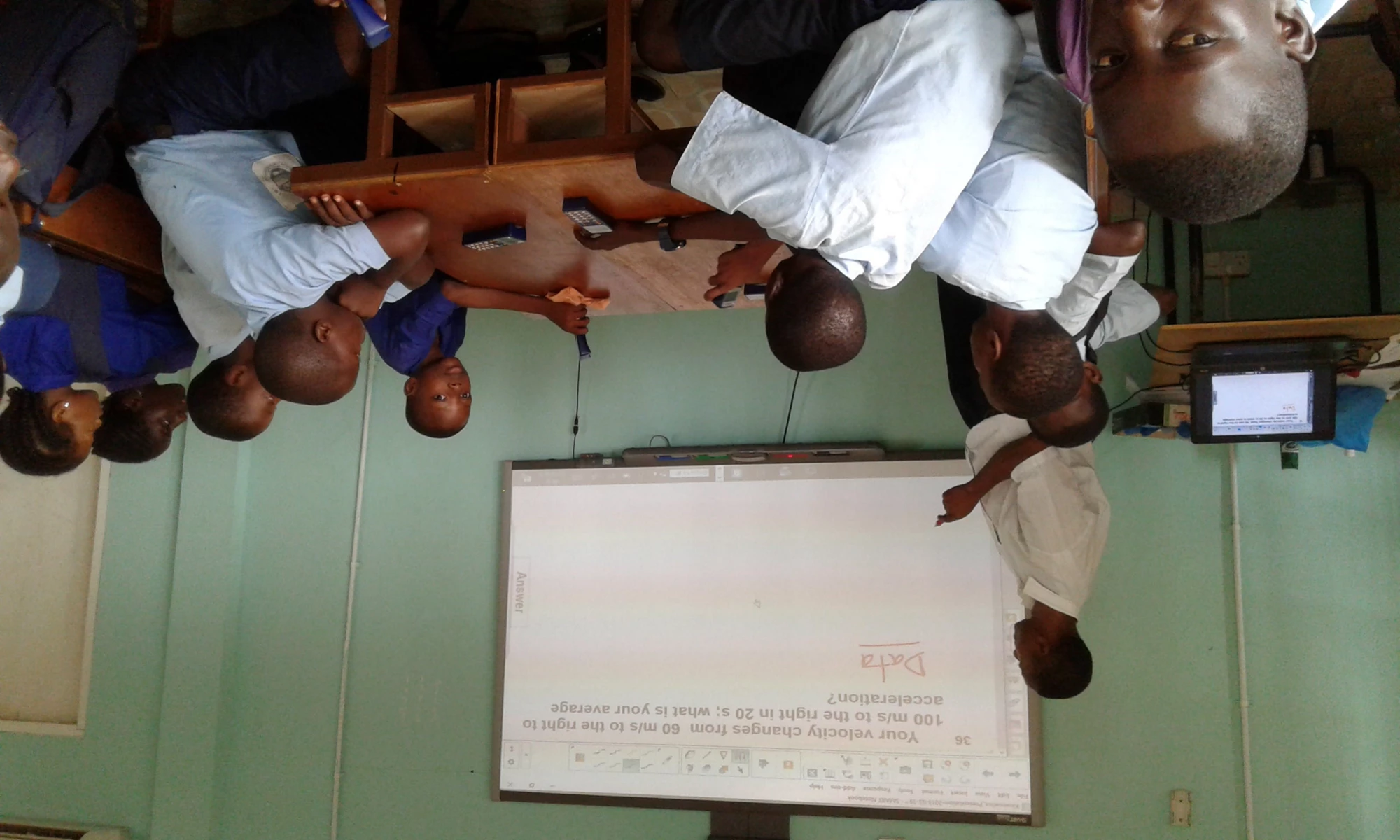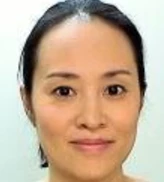
Poor math and science scores in Sub-Saharan African schools – particularly in school-leaving exams – has long plagued educationists and policy makers. As my colleague, Waly Wane, pointed out in a recent post, failures to improve learning outcomes in these subjects raise doubts as to whether African education policies can ever deliver the scientists and engineers the continent needs to do better socio-economically.
I’d like to highlight one innovative approach tested in Gambia that might help. Not only has it produced results, it is designed to adapt to regional contexts, and I believe it may provide some answers to the future of science and math education in schools across Sub-Saharan Africa.
What is PSI-PMI?
In 2012, we launched the Progressive Science Initiative and Progressive Math Initiative (PSI-PMI) approach in 24 upper basic and senior secondary schools in Gambia (out of a total of 150 upper basic and 160 senior secondary schools that serve the country).
The PSI-PMI model creates a student-centered environment with interactive teaching and learning methods, group discussions, Interactive White Board Software (IWB), and a student polling device.
The materials, which focused on learning science and math content as well as how to teach it, were developed by the New Jersey Center for Teaching and Learning (NJCTL). The pilot included teacher training and technology integration for the schools over four years, measuring outcomes such as teacher performance, student attitudes and performance on international exams.
Positive results
The results from preliminary independent evaluations are very positive. For example, PSI students showed an average of 21 percentage-point increase between the pre-test and post-test on the PSI assessment, and PMI students showed an average of 11.3 percentage-point increase between pre-test and post-test results on the PMI assessment. In addition, the students participating in the PSI-PMI performed better than peers who didn’t participate.
Pleased with these results and the feedback from participating teachers and students, the Gambian government is ready to expand the program nationwide and is currently exploring funding opportunities.
How did it work?
Here’s how the model, which can be adapted to diverse contexts, worked. The first training module was delivered to the first cohort of 24 teachers by the NJCTL. The second cohort, comprising 26 more teachers, was trained by Gambian teachers from the first cohort with NJCTL supervision. The third cohort was conducted independently by local teachers without supervision.
Teachers were given pre- and post-tests to demonstrate learning, and microteaching was used to practice using technology and student-centered pedagogy. NJCTL returned in August 2016 to continue training teachers from cohorts 1 and 2 in Chemistry, Biology and Trigonometry. The cohort 1 and 2 trainings were completed in April 2017.
Adapting to local challenges: Electricity
One way the model adjusted to the Gambian environment was taking into account the country’s intermittent electricity. PSI-PMI can function without technology. During electrical breakdowns, classes can continues using PSI-PMI textbooks. But since technology is still essential to the PSI-PMI approach, an ongoing project financed by the World Bank and the Global Partnership for Education, “Results for Education Achievement and Development (READ),” will provide solar panels to all 24 schools.
Another example of adaptability was the curriculum, which was carefully aligned by NJCTL with the national science and math curriculum to make sure the students wouldn't face hurdles in the future. Additional course materials can be added at any time because IWB allows the creation of digital course content that can be shared with teachers in the same school and beyond.
The total cost of the project was $491,860, of which about 55 percent was spent on NJCTL. This included face-to-face training sessions in math and science, IWB, 32 SMART Responders per classroom, classroom security enhancements, and computers.
More challenges: Time
One challenge during teacher training was the difference in teaching hours between the U.S. and Gambia. The country requires a lower number of student-teacher contact hours for training, while the modules were originally developed for use in the U.S.
As such, while NJCTL had designed the courses to be taught in 180 days, PSI-PMI took longer to finish them, covering about 60 to 70 percent of each course in a full year. Some schools participating in the PSI-PMI program have extra classes trying to cover the curriculum more in a year.
This program’s success has given us much promise for the future of science and math education in the region, and I see the pilot as valuable background information for programming future regional projects.
Makhtar Diop, the Bank’s Vice President for Africa, recently visited a PSI-PMI school with students and teachers at work in math and biology classes. He is interested in seeing if this program will work in other African countries with a hope to bring the same results as our schools in The Gambia.
Want to learn more about PSI-PMI? Click here.
Find out more about World Bank Group Education on our website and on Twitter.


Join the Conversation